Is Mt St Helens about to blow? America’s most dangerous volcano is recharging – 43 years after catastrophic eruption that was the worst in US history
Mount St. Helens recently started rumbling again — more than forty years after the worst eruption in American history.
Since February 1, 2024, about 350 earthquakes have been recorded by the Pacific Northwest Seismic Network at the 8,000-foot volcano in Washington state.
Most of these – more than 95 percent – are smaller than magnitude 1.0 and are too small to be felt on the surface.
The largest earthquake recently felt at the volcano, which is located in southwestern Washington about 50 miles northeast of Portland, Oregon, was a magnitude 2.0 on May 31, 2024.
There are fears that the earthquakes could lead to another massive explosion reminiscent of the 1980s eruption, which killed 57 people and permanently changed the area’s ecosystem.
Mount St. Helens recently started rumbling again — more than forty years after the worst eruption in American history. (Pictured: The 1980 eruption)
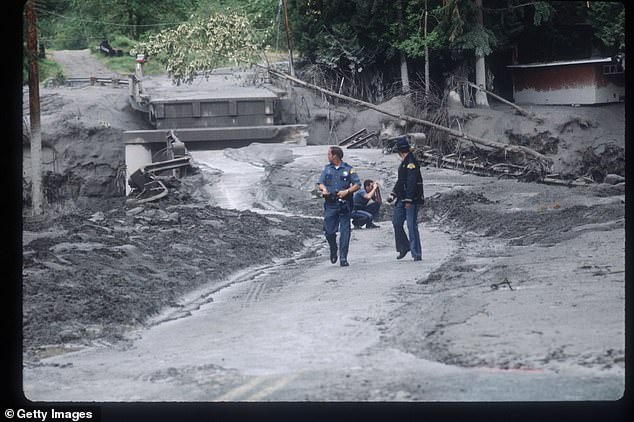
PITCURED: The aftermath of the 1980 eruption
In early June, the number of recorded earthquakes per week peaked at 38 events per week, mostly occurring about 4.5 miles (7.4 kilometers) below the crater floor.
Specialist equipment has discovered that magma has flowed through deep underground chambers, causing the volcano to recharge.
It comes after a wave of earthquakes was also recorded in 2023.
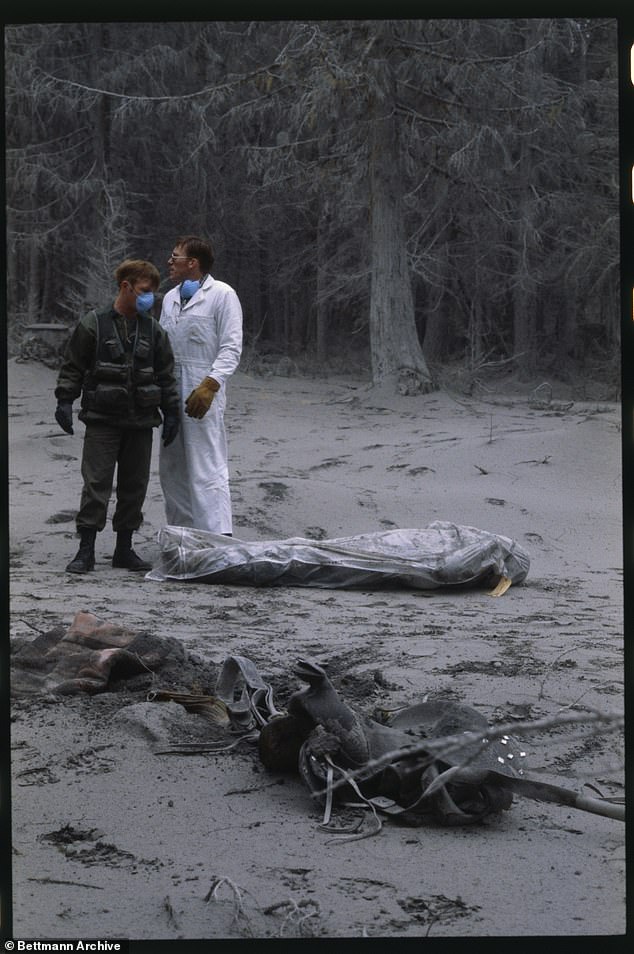
The 1980 eruption killed 57 people
“In the short term, increases in earthquake rates are common at Mount St. Helens and are considered part of background seismicity,” experts at the Cascades Volcano Observatory said in a statement this week.
‘The last two periods of increased seismicity (in 2023 and 2024) represent the largest short-term increase in earthquakes since the last eruption ended in 2008.’
However, similar series with even more earthquakes erupted in 1988 to 1992, 1995 to 1996, and 1997 to 1999. None of these directly caused an eruption.
The earthquakes are thought to be caused by the pressurization of the magma transport system, which in turn is caused by the arrival of additional magma, a process called ‘charging’.
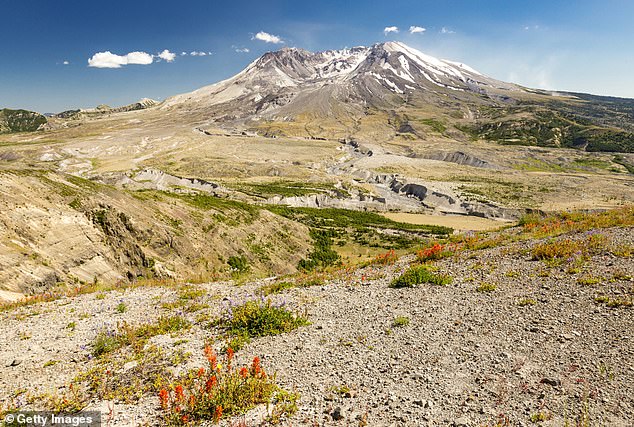
Since February 1, 2024, about 350 earthquakes have been recorded at the 8,000-foot volcano in Washington state by the Pacific Northwest Seismic Network
Magma gradually bubbles through the lower crust and accumulates in a reservoir about 4.5 to 10 kilometers below sea level. ‘Recharging’ events occur when magma enters this reservoir and causes earthquakes.
“There have been no significant changes in other monitoring parameters (ground deformation, volcanic gas or thermal emissions) and no change in hazards at Mount St. Helens as a result of this activity,” the observatory concluded.
However, in 1980, small earthquakes were recorded at the site just before the deadly eruption.
On May 18, 1980, residents flooded the area while sitting in open fields and on rooftops as rumors of a volcanic eruption spread. Millions around the world waited two months to see what would happen next.
But that morning, at 8:32 a.m., the results proved fatal when a magnitude 5 earthquake struck, causing the volcano to lose its crypto dome and erupt.
Those in the area had nowhere to take cover.
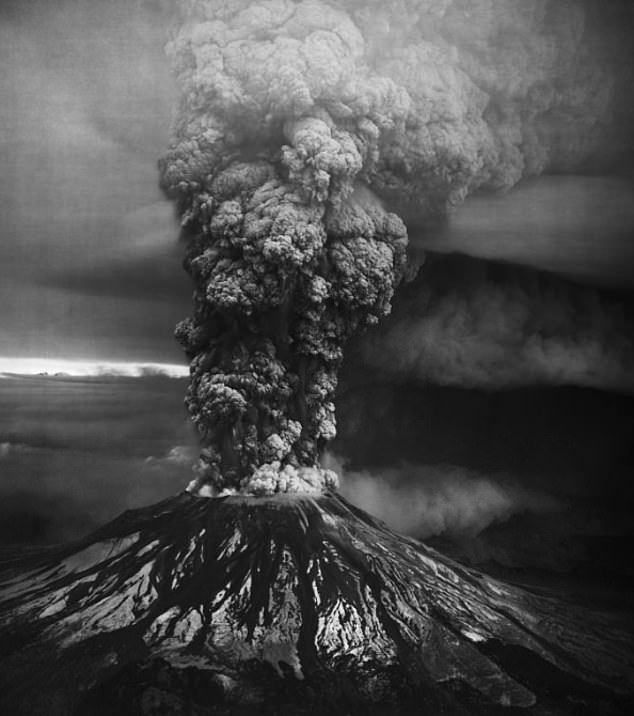
The volcano exploded fatally (photo) on May 18, 1980, killing 57 people. Just two days earlier, small earthquakes were recorded at the site
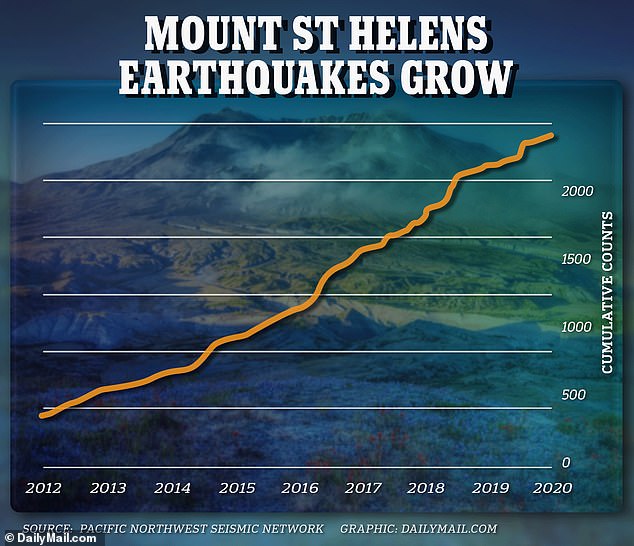
More than 400 earthquakes have been observed beneath the volcano’s surface in recent months. More than 2,000 earthquakes have been recorded at the site since 2010
The volcano exploded sideways, causing a massive landslide from a superheated mixture of ash, rock fragments and gas flowing downhill. The ash and gas then rose and blocked the sun, turning the sky completely dark.
Venus Dergan told it Portland Monthly she and her boyfriend, Roald Reitan, camped on the south fork of the Toutle River, just 30 miles from the volcano.
They woke up to a blaring alarm from the nearby town of Toutle and said they had not heard the eruption but had seen water rushing towards them.
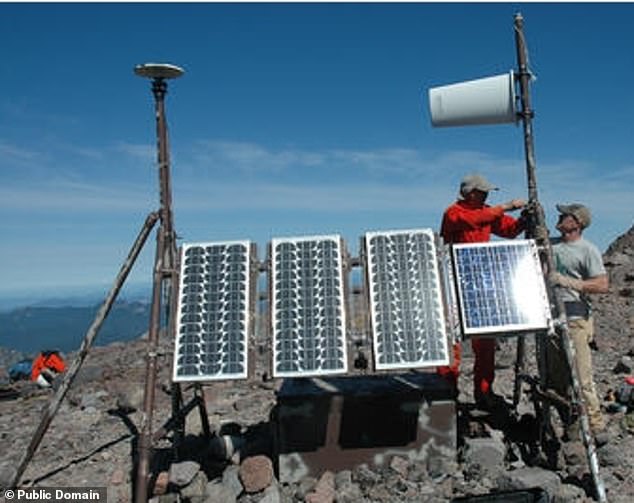
At the time of the 1980 eruption there was only one monitoring system (photo) in place, but currently there are twenty systems
“We were lucky to get out of the tent when we did. They probably never would have found us.
“We would have been buried alive,” Dergan said.
Destructive mudslides, known as lahars, swept away homes and trucks as officials closed bridges and halted rail operations.
Most of the debris from the seismic event turned west, along the North Fork Toutle River, forming a mountain of deposits.
The total avalanche volume was equivalent to 1 million Olympic-sized swimming pools.
Trees were also blown to the ground or scorched by the brutally hot lava, leaving the once dense forest virtually empty.
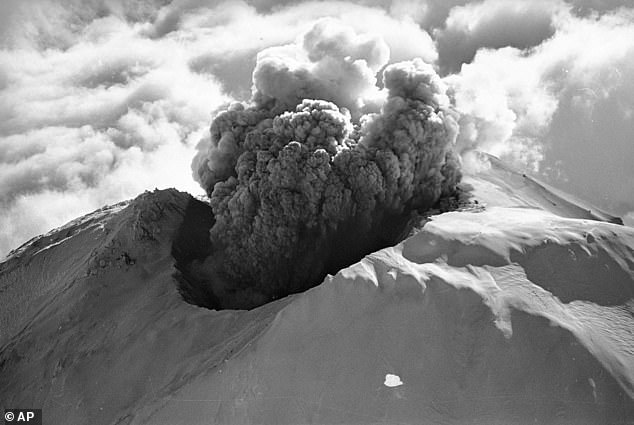
Lots of volcanic ash and blistering hot lava erupted from the peak, causing health problems for the people in the area at the time
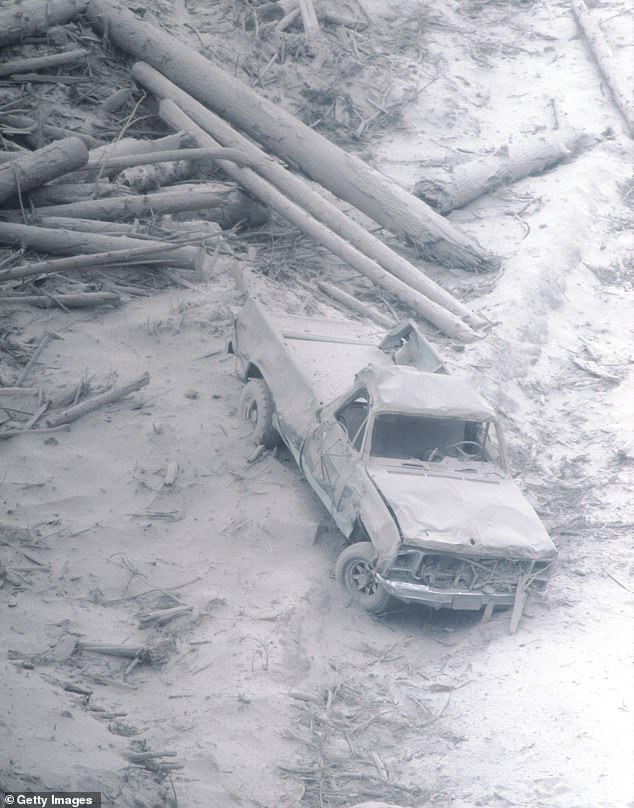
Destructive mudslides, known as lahars, swept away homes and trucks as officials closed bridges and stalled rail operations
The volcanic ash fell as snow throughout Washington, Idaho and western Montana. Officials had to close highways for weeks and airlines canceled more than 1,000 flights.
In the days following the destruction, an estimated 540 million tons of ash floated from the structure and ended up in a total of seven states.
The aftermath also attracted researchers from around the world as they began studying the effects of the ash and looking for ways to clean up the farmlands, roads and water treatment facilities.
The ash itself has had a lasting impact on the lives of people, animals and plants. When volcanic ash is spread, it can cause breathing and eye problems, along with skin irritation.
Toxic gases such as carbon dioxide and fluorine commonly found in ash have directly affected crops and animals as well as human disease.
The disastrous eruption also caused large amounts of mud, water and debris to enter the banks and flood low-lying valleys. Rock sediment clogged channels in the Toutle, Cowlitz and Columbia rivers.
To this day, these rivers continue to transport this sediment downstream, ten times more than before the 1980 eruption. Geological Survey of the United States reported.
The natural disaster killed thousands of animals and caused more than $1 billion in damage.
One of the people who died that day was Robert Landsburg, a 48-year-old photographer who was just a few miles from the summit.
The Seattle native dedicated himself to his craft until the moment he died, because he knew there was no way out of the catastrophic event.
Instead of trying to escape, he continued taking photos, making sure to protect his camera and film from the blistering hot lava and ash that consumed him.
The photographs he took during his final moments were published in the January 1981 issue of National Geographic and are still admired to this day.
Another volcanic eruption on Mount St. Helens occurred from 2004 to 2008 and allowed scientists to investigate exactly how it works. It also allowed them to improve their monitoring systems that detect when the next explosion might occur.
At the time of the 1980 eruption, only one monitoring system existed, but currently there are twenty systems.
